Product Developer – Things that You Should Know about Custom Injection Molding
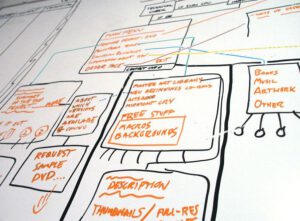 Are you a product developer and are you looking for a way to be cost-effective? The process that will not compel you to spend a lot to produce large numbers of parts is custom injection molding. However, if you are looking at a Return on Investment (ROI), your decision on which type of process to apply to manufacture large quantities of parts should depend on this because of the initial investment involved in the purchase of plastic injection molds. Below are the other things that you should know about custom injection molding.
Are you a product developer and are you looking for a way to be cost-effective? The process that will not compel you to spend a lot to produce large numbers of parts is custom injection molding. However, if you are looking at a Return on Investment (ROI), your decision on which type of process to apply to manufacture large quantities of parts should depend on this because of the initial investment involved in the purchase of plastic injection molds. Below are the other things that you should know about custom injection molding.
- Think about the quantity of parts that you need to produce each year. Will your requirement reach tens or hundreds of thousands? If this is so, then this process is not for you. Look for other procedures like polymer casting, fabrication or vacuum/thermo forming (but your final decision will rely on the geometry of the components or parts).
- If you believe that the quantities of parts you produce will give worth to the money you have initially invested for a custom plastic injection mold (or even for a used plastic injection mold), you must also take into consideration the shapes of the parts when choosing which molding process to utilize.
If you have no idea or you want to know more about the different processes to think about and the shape or geometry that fits them, continue reading below:
Custom Injection Molding – Wall thickness of the part is relatively constant (but in general not thicker than 1/8”). Internal voids are not present.
Rotational Molding – This method is used to produce bigger or larger parts with empty spaces inside (or the so-called internal voids). A slow yet efficient process to create smaller numbers of large parts, rotational molding is suitable for the making of bins, gas cans, oil tanks, boat hulls and others.
Blow Molding – To help you easily understand blow molding, imagine a balloon dangled within the cavity. It is infused with air and eventually formed to become the shape of the cavity. This process is used to manufacture bottles, hollow glasses, jugs and others. It can be anything small but with an empty space on the inside.
Vacuum (Thermal) Forming – This is somewhat similar to custom or plastic injection molding. It makes use of a piece of heated plastic then vacuumed to create a form and then cooled to produce the shape you desired. It is used for packaging trays, lids, clamshells and others like dash panels, plastic pallets, and refrigerator liners.
The information provided above will give you an idea of the best molding process to use. Regardless of the method, you think you require, it is always vital to start with a computation, particularly because you want to know the ROI so you can determine which one should work best for your budget and your company as a whole. As a product developer, you should look at a maximum of two to three years timeline before you can recover the money you have invested in custom injection molding.

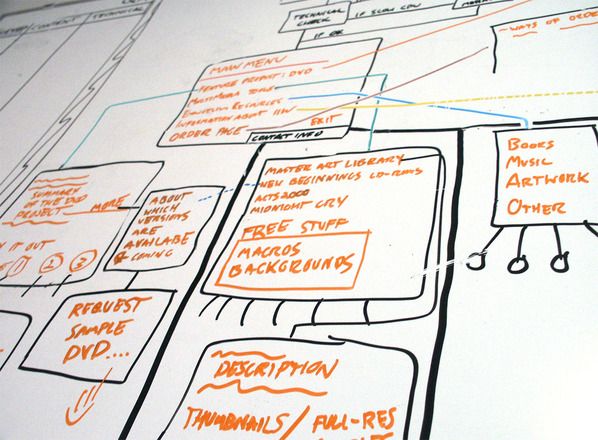
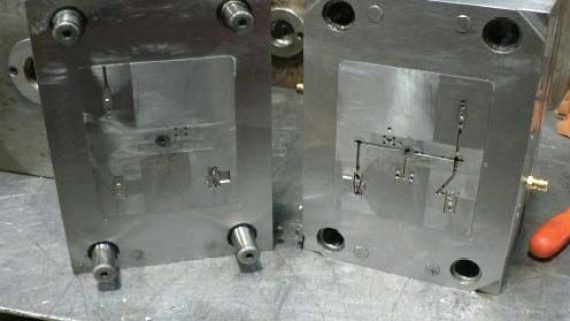
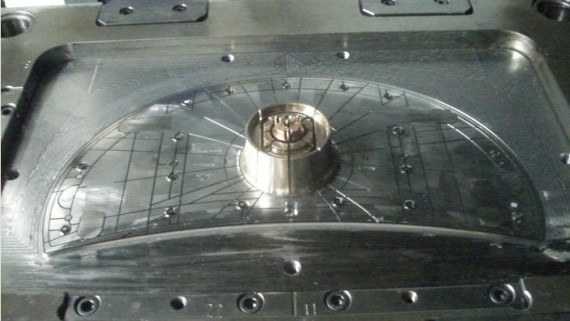
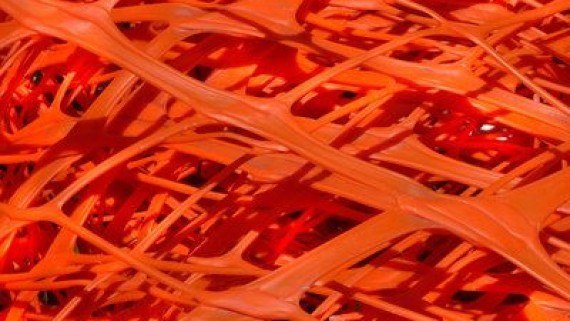
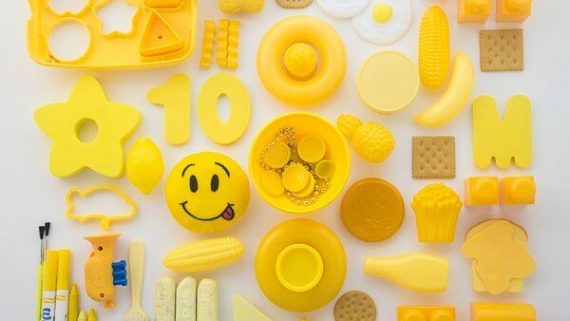

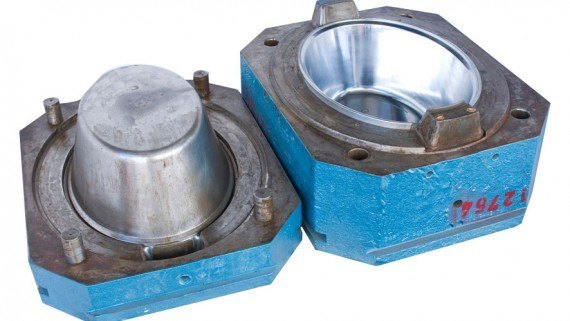
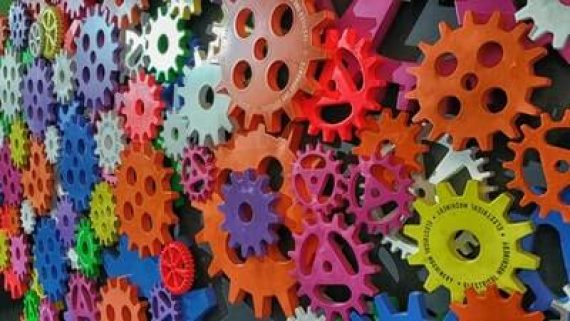
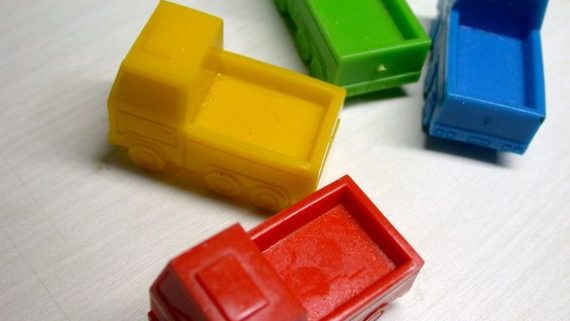
Comments
Comments are closed.